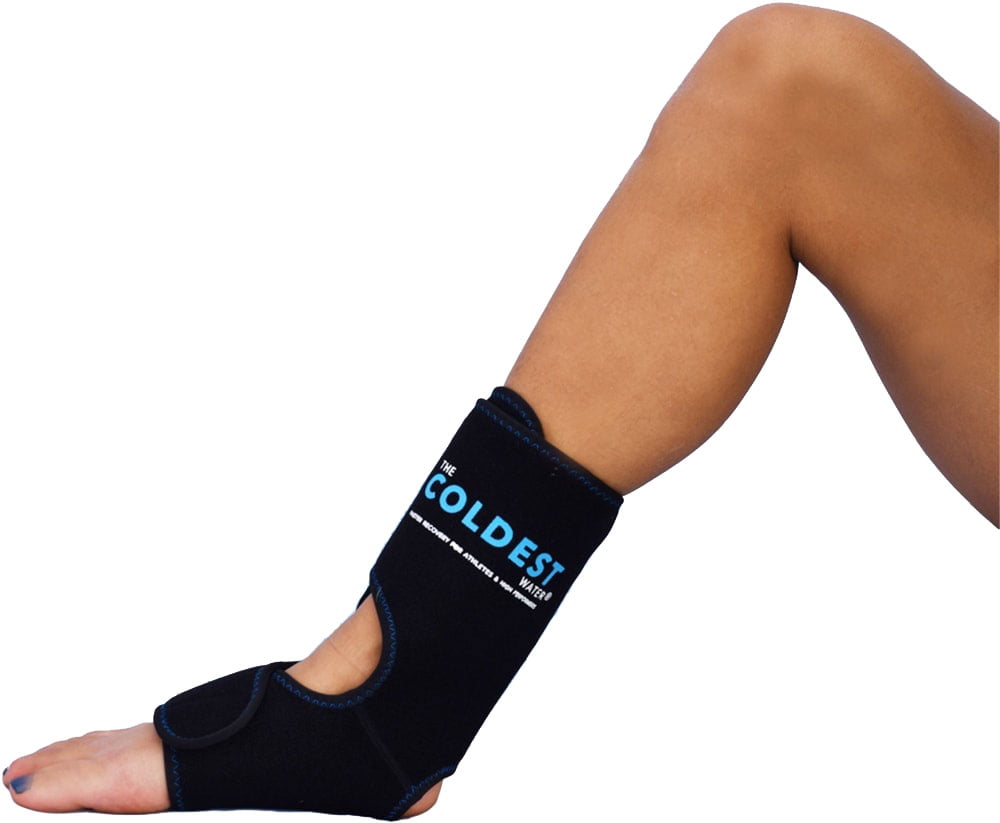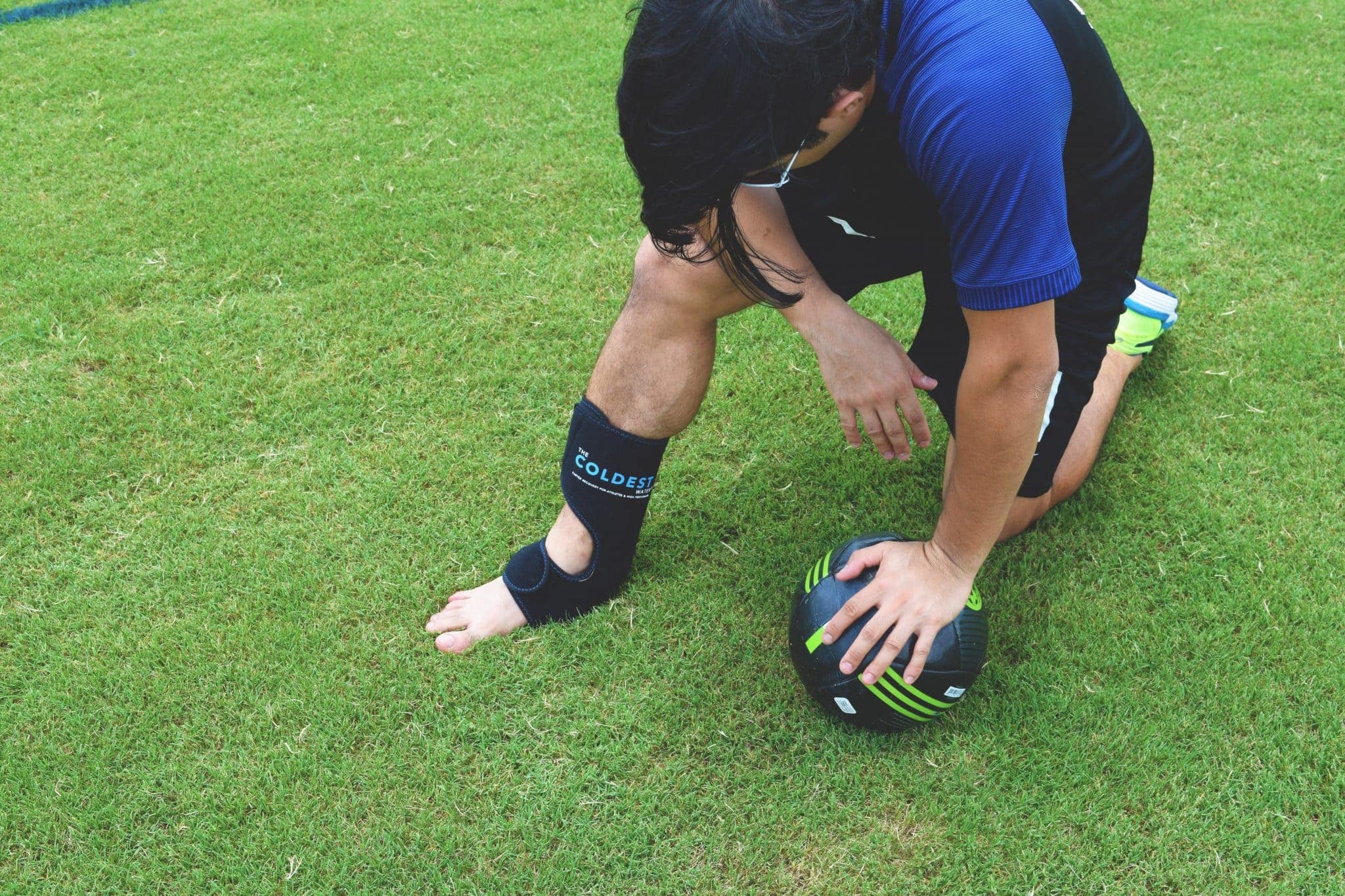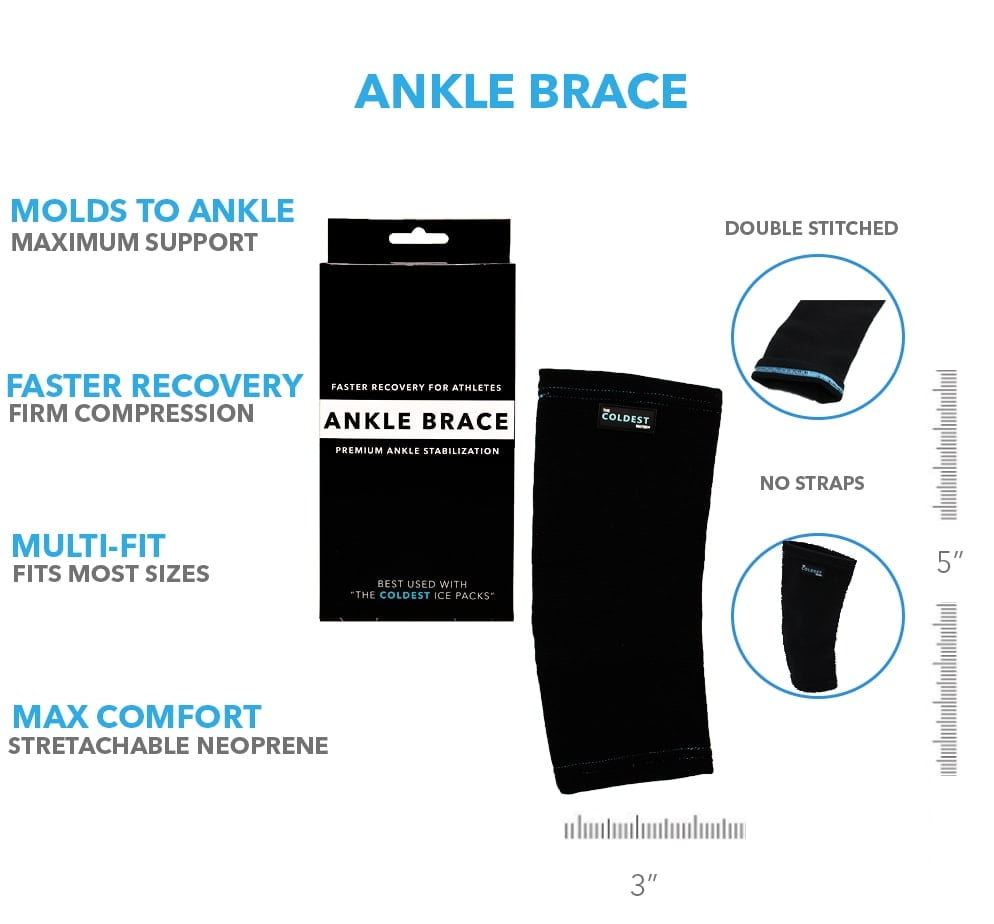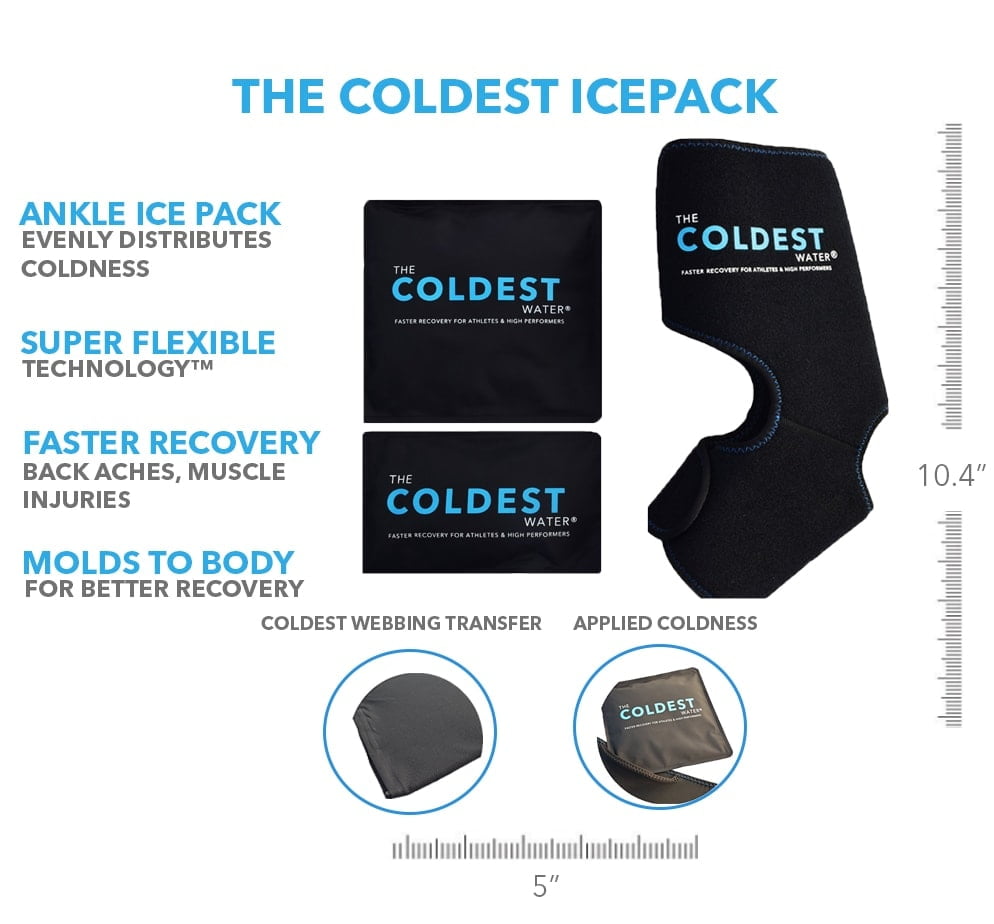Achilles Tendon Injury Causes, Symptoms, Diagnosis and Treatment
Achilles Tendon Injury or commonly known as Achilles Tendon Injury is a disorder that may happen to anyone. This disorder is common among the athletes but others (who usually walk or run) may also face this issue. The tendon muscles control the movement of feet as these are connected to the leg bones. These tendon muscles are connected to the bones. Achilles Tendon is among the largest tendons present in the body. It is just like a stretching muscle from the heels to the calf. It is very easy to feel or touch this muscle. You can feel like a springy band consisting of numerous tissues just above the heel or behind the ankle. It enables us to use the tiptoes and point our toes on the floor.
Patients with this type of injury face various conditions. This injury is very common and it creates a burning like sensation with little stiffness in some cases in the backside of the legs. Burning sensation is a sign of tendon tearing. However, the burning sensation could be an indication of partial or complete rupture. There are chances of complete or partial damage of Achilles Tendon if the pain is severe. Athletes facing this issue should immediately contact with a specialist or to reduce the pain use an ice pack.
What causes Achilles Tendon?
In order to recognize the causes of Achilles Tendon Injury, it is necessary to monitor some factors. You will need to see the level of pain in the portion as mentioned above. Pain between the heel and backside of ankle is a big sign of this injury. Who may face this injury? People who are involved in activities where they get speed or quickly slow down may face this injury. Some of these activities include:
- Gymnastic.
- Running.
- Dance.
- Softball.
- Football.
- Basketball.
- Volleyball.
- Football and tennis.
This type of injury happens commonly when the athletes speed up, move here and there, slow down, jump or lift the foot while playing games. For example, the sprinters are more common to this injury as they use the high level energy of feet while taking start during the races. It is very difficult for the delicate muscles to handle this quick pressure. People over the age of 30 years are more expected to face Achilles Tendon if they continue with such activities. However, the pain can be reduced by taking ice pack.

The Achilles Tendon Injury:
The Achilles Tendon Injury is not limited to heels and ankles. It is obvious that a patient with this issue may face other medical problems as it damages the base of legs. The injured person will feel trouble during daily life activities. It may lead to several other injuries or issues. Therefore, it is essential to see other common causes of this injury.
- Women wearing high heels for fashion putting extra pressure on the tendons. In this position, the tendon muscles remain stretched for a longer period. On the other hand, sudden falling or slipping (which is common for the high heel users) may also lead to severe injury.
- People with flat feet (known as “Fallen Arches) are prone to Achilles Tendon. Actually, their feet put more pressure on the tendon muscles while taking steps. This is a leading cause of Achilles Tendon creating chances of foot collapsing and stretching of the tendons as well as muscles.
- People with too tight tendons or muscles. There could be several reasons behind the tight tendons. It usually happens when someone uses these muscles intensively. For example, lifting heavy weights or running with heavy weights while the tendon muscles were already damaged.
- Regular use of antibiotics such as fluoroquinolones or other medicines such as glucocorticoids may impact the arches.

Symptoms of Achilles Tendon Injury:
When someone faces Achilles Tendon Injury, he first of all feels pain in the heels. A patient may feel the pain while he stretches the ankle or stands on his feet. This feeling may get mild or even better with the passage of time. However, it also may get worse over time. The pain in tendons will be constant, instant and severe if these are totally ruptured. The portion above heel may feel stiffness, swelling and tendering.
What happens when the Achilles tendon tears? The patients will hear a popping or snapping noise in this case. This may leads to swelling and bruising too. This condition creates huge trouble when patients try to take back step, pushing off or pointing the toes. Contact with a specialist if you see these signs in your legs. It would be better to ask your fitness trainer to make immediate arrangements such as ice therapy in this situation. However, proper diagnoses are important to treat the injury properly.
Diagnosis:
A doctor or specialist will use physical examination method to diagnose the Achilles Tendon injury. He or she may ask you to walk or run in order to identify the severity level of the injury. This physical examination is also useful to find the cause of the injury.
Calf Squeeze Test: This test is commonly used by the specialists. This test is conducted while the patient kneels on a chair or a simple bench. You may also lie on the stomach at a medical exam table. After this, the doctor will gently squeeze patient’s calf muscle. This squeezing is done on the healthy leg motivating the tendons to move the foot. Now the doctor will repeat the same practice on the injured leg. The foot will never move in case if the muscle is torn as it is no more connected to the foot.

Treatment:
Achilles Tendon Injury with minor or moderate severity usually heals automatically with the passage of time. However, if you want to speed up the recovery process then you should consider the following things.
- Take proper rest. Resting the leg enables the tendons to settle. Never put weights on the injured leg. You may also require crutches.
- Icing is always recommended. Use ice therapy on the injury for a short period of 20 minutes. This should be done as recommended by the doctors. It would be better to bring Coldest Icepack (a product designed by The Coldest Water) which is a useful product for athletes.
- Compress the legs. This can be done if you have an elastic bandage wrapped around the leg. You can also use the elastic bandage on ankles to minimize the swelling.
- Try to keep the injured leg raised. You can use a simple pillow while sitting or laying down. This will keep the leg elevated.
- Use anti-inflammatory painkillers. In most cases, experts recommend NSAIDS (Nonsteroidal anti-inflammatory drugs) such as naproxen and ibuprofen. These medicines help to minimize the pain as well as swelling. You are advised to see the labels of these drugs properly in order to avoid the side effects. Common side effects include ulcers and bleedings. How to use these drugs? There are several ways but your doctor will recommend the most appropriate dosage and intake method. It would be better to use these medicines with food. Contact with doctor if there is any allergy or medical issue after starting these drugs. Keep in touch with the doctor if you are going to use these drugs for longer (7 to 10 days).
Recommendation:
- Try heel shift. This method is also recommended by the doctors. The patients are asked to use an insert inside the shoe after getting well. This method is used as a precautionary technique to avoid the further stretching in Achilles Tendon muscles.
- Regularly use stretching and strengthening workouts. You can learn about these workouts at a medical clinic or a gym in supervision of a doctor, fitness trainer or a physical therapist.

When will I Get Better?
The Achilles Tendon Injury is dangerous. It may take several months to recover. However, the time duration required for the recovery depends on the intensity of this injury. Different healing rates have been observed in different injury conditions.
The patients may feel well during the healing process. Always ask the physical therapist about the moves and actions to do during the healing. It would be good if you take care while avoiding things in rush. Never resume the previous physical activities until you can:
- Move the leg freely and easily just like before this injury.
- The leg feels strong just like the uninjured one.
- There is no pain in the injured leg while moving, jumping, running jogging or even if you sprint.
- Regularly use ice pack to reduce the pain.
Patients trying to push off the leg too much before the complete healing may get this injury back. This may lead to severe pain in the leg and it may stay for longer than previous injury.

Can I avoid Achilles Tendon Injury?
There are several possibilities to avoid the injury. Here are some steps patients can take for this purpose.
- Totally avoid uphill movement or running.
- Use shoes having excellent support.
- Wear shoes that fit well.
- Immediately stop workouts or exercises if you feel pain or stiffness in the heel or calf.
- Take ice therapy to subsidize pain.



